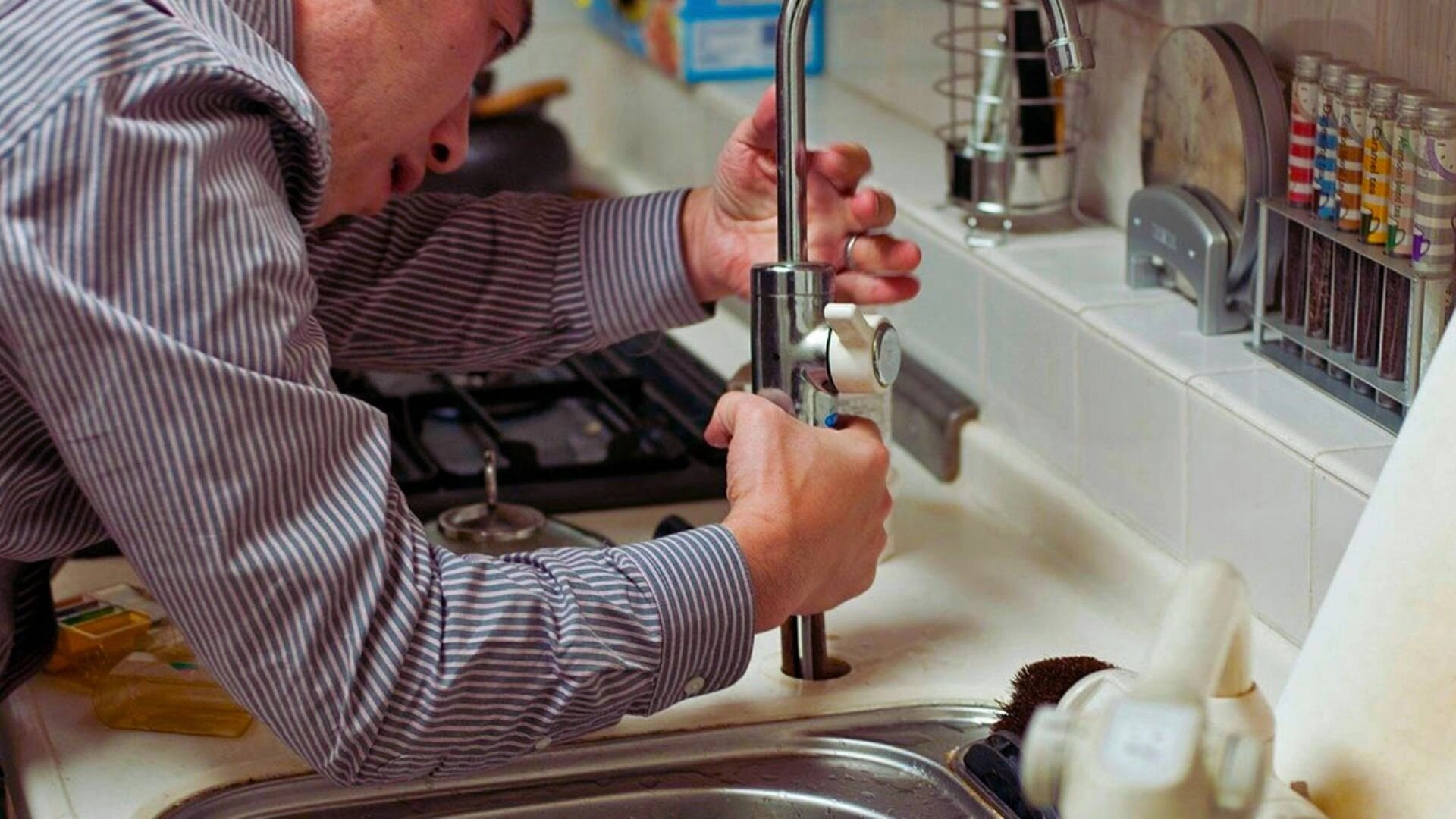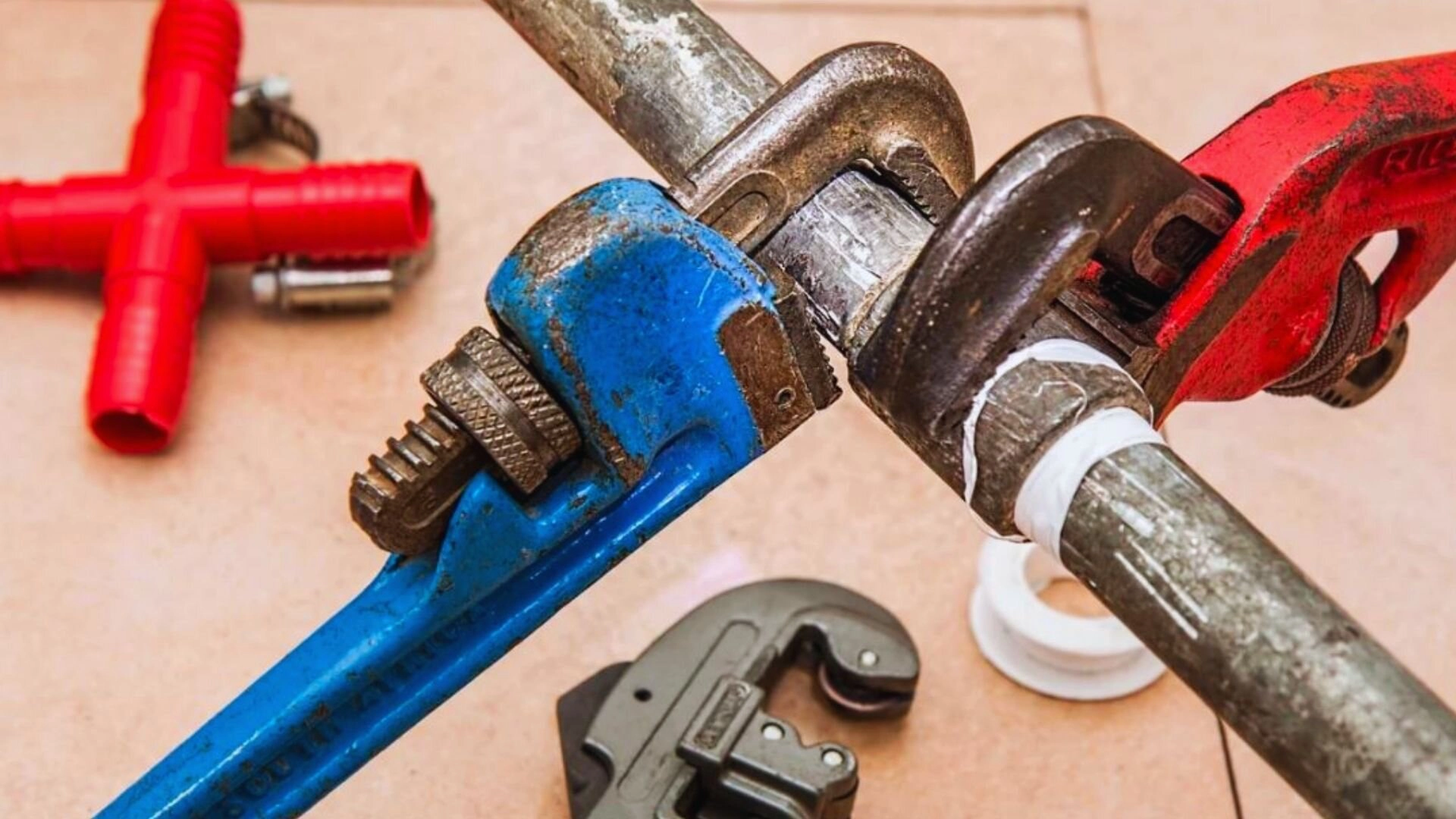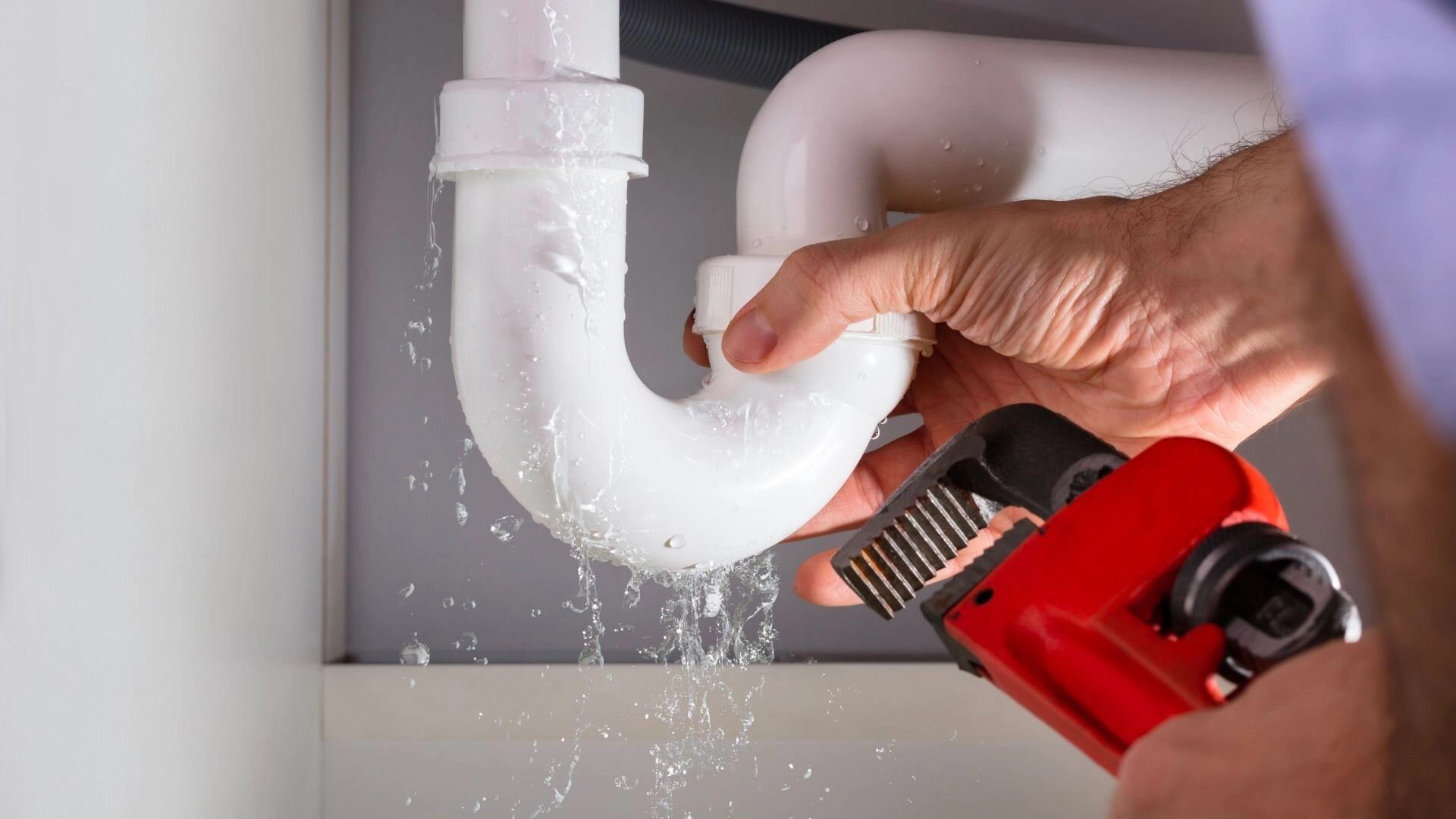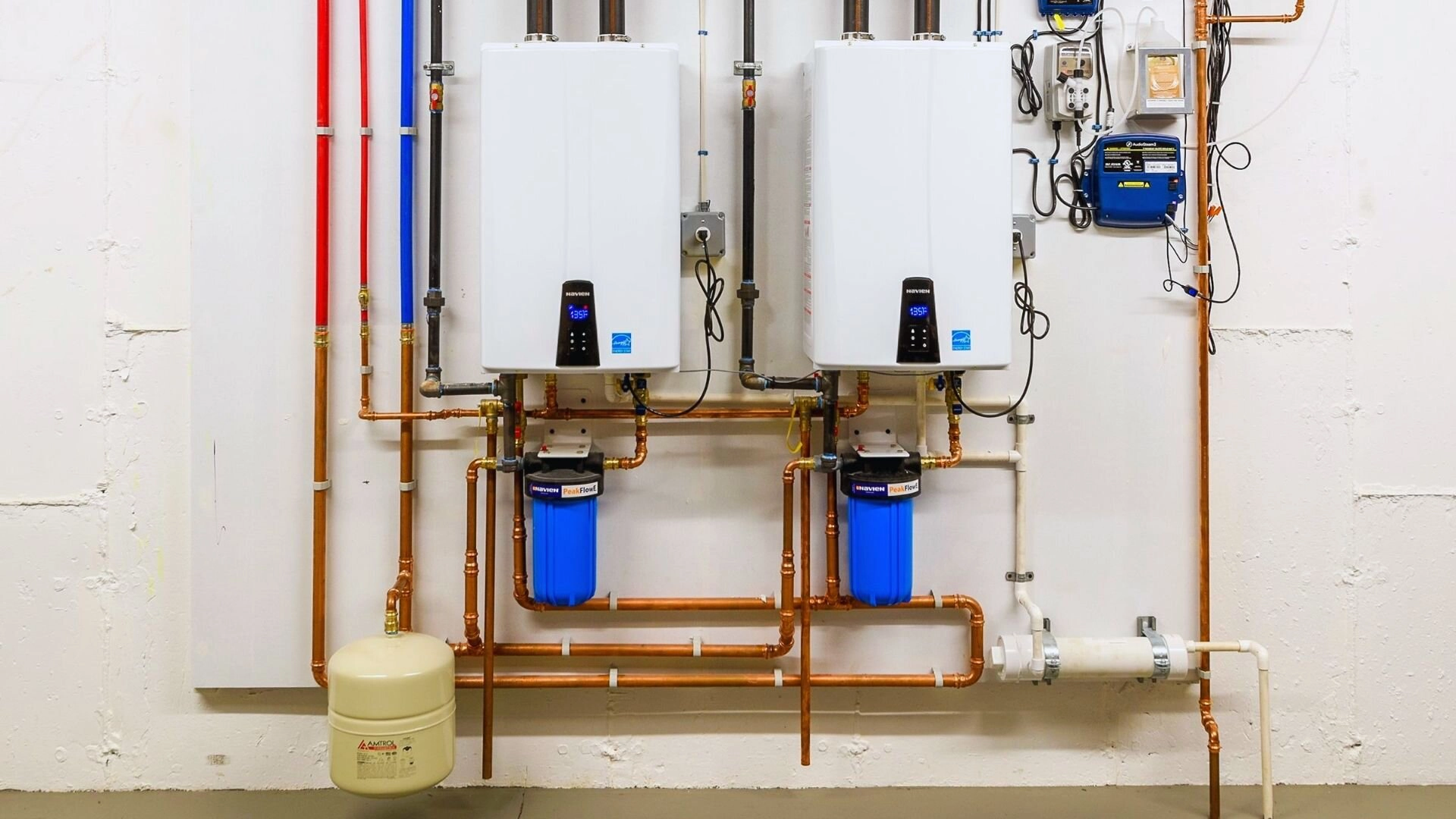Common Plumbing Issues to Look for When Buying a Property
Ensure a wise property investment by recognizing common plumbing pitfalls. Learn how identifying these issues can shape your buying decision
When purchasing a new property, it’s essential to consider every aspect that could impact your investment and future comfort. Among the crucial factors that often demand careful attention is the property’s plumbing system.
If not identified and addressed early, plumbing issues can lead to significant headaches and financial strain. Therefore, potential buyers should carefully inspect plumbing when evaluating a new house. Signs such as water pooling near the foundation or rusty stains on pipes could indicate severe issues like corroded pipes or leaks in the sewer system.

Additionally, it’s crucial to check the condition of gas services if they are present in the house. Gas leaks pose a severe safety hazard and require immediate attention. Buyers should also familiarise themselves with the type of septic system (septic tank or municipal sewer) and the sewer layout to avoid unpleasant surprises in the future.
By understanding and recognising these issues, prospective buyers can make informed decisions and ensure a smooth transition into their new home. From leaky faucets to hidden pipe deterioration, this exploration of common plumbing challenges will empower buyers to navigate the property market with greater confidence and a discerning eye.
Key Areas to Thoroughly Examine in Plumbing Inspection
A comprehensive plumbing inspection is an indispensable step when evaluating a property for purchase. Beyond the surface allure, potential buyers should delve into the plumbing system to uncover any hidden issues that could pose significant problems in the future. Here are the key areas that demand meticulous examination during a plumbing inspection:
Pipes and Drainage
Begin by examining the pipes throughout the property. Look for signs of corrosion, leaks, or water stains. Check the drainage by running water in sinks, tubs, and showers to ensure a smooth flow and swift drainage. Slow-draining water may indicate clogs or underlying pipe issues.
Water Pressure
Test the water pressure in various faucets and showers. Inadequate water pressure could signify blockages, pipe damage, or issues with the water supply .
Water Heater
Assess the condition and age of the water heater. Look for signs of rust or leaks and inquire about its maintenance history. A malfunctioning water heater can result in cold showers and potential repair costs.
Toilets
Flush all toilets to ensure proper functioning and observe if they continue running afterwards . Inspect the base for water stains or leaks that might indicate a faulty seal.
Faucets and Fixtures
Turn on faucets and examine fixtures for leaks, rust, or signs of wear. A dripping faucet wastes water and can indicate underlying plumbing issues.
Sewer System
Please inquire about the property’s sewer system and whether it connects to a municipal sewer line or a septic tank. Issues with the sewer line can lead to backups and costly repairs.

Sump Pump
If the property has a basement, check the sump pump if applicable. It should be in good working condition to prevent flooding during heavy rains.
Water Meter and Shut-Off Valve
Locate the water meter and main shut-off valve. Ensure the shut-off valve is functional, as it’s crucial for emergencies and maintenance.
Leaks and Water Stains
Inspect ceilings, walls, and floors for any signs of water stains, which could indicate leaks or previous water damage.
Outdoor Plumbing
Remember to assess outdoor plumbing components, such as sprinkler systems, hose bibs, and drainage systems, to ensure they are operational and free from damage.
Pipe Material
Identify the type of pipes used in the plumbing system. Different materials have varying lifespans and susceptibility to corrosion.
Water Quality
While not exclusively a plumbing inspection aspect, you should inquire about water quality, mainly if the property relies on well water. Consider testing for contaminants to ensure safe and clean water.
Identifying Red Flags: Indications of Potential Plumbing Problems
When considering the purchase of a new property, a vigilant eye for potential plumbing problems can save you from future headaches and expenses. Sure, telltale signs can reveal underlying plumbing issues that may not be immediately apparent. Here are some red flags to watch out for during your property inspection:
- Dampness and Water Stains —Water stains on walls, ceilings, or floors can indicate leaks or poor drainage. These leaks could be caused by various factors, including corroded pipes, poor installation, or even tree roots infiltrating the plumbing system. Discolouration or soft spots could indicate long-standing water damage that might lead to mould growth or structural issues, especially in areas like the subfloor.
- Low Water Pressure - Insufficient water pressure in faucets and showers, including the kitchen sink, might indicate mineral build-up, clogs, or compromised pipes. While it could be a minor issue, home buyers must investigate further to rule out more severe problems.
- Unpleasant Odours —Foul smells, particularly in basements or bathrooms, could indicate sewer line issues. If left unresolved, these issues can lead to backups and contamination. In some cases, tree roots can also contribute to sewer line problems by growing into the pipes and causing blockages.
- Rusty Water —Brown or rusty water from faucets could indicate corroded pipes or a deteriorating water heater. This issue may affect water quality and the lifespan of your plumbing system. Home buyers should pay close attention to this issue, which can signify more extensive plumbing problems.
- Gurgling Drains - If you hear a gurgling sound when water drains from sinks, tubs, or toilets, it might indicate a blocked or partially blocked pipe. This issue can be caused by various factors, such as hair, soap scum, or even tree roots that have infiltrated the plumbing system.
- Visible Leaks - Obvious water leaks under sinks, around toilets, or near water heaters should always be noticed. Even small leaks can escalate into significant problems if not addressed promptly. Home buyers should look for any signs of water damage, such as wet spots or stains, as these could indicate a more serious plumbing issue that requires immediate attention.

- Mould or Mildew Growth - The mould or mildew in bathrooms, kitchens, or other damp areas could signal excess moisture due to plumbing leaks or poor ventilation.
- Fluctuating Water Levels in Toilets —If the water level in your toilet bowl is inconsistent, it could suggest a problem with the flapper or fill valve, which could affect the toilet’s proper function.
- Strange Noises - Banging, rattling, or knocking sounds when turning faucets on or off could indicate water hammer, a phenomenon that might lead to pipe damage over time.
- Sudden Spike in Water Bills - If your potential property has a history of unexpectedly high water bills , it could indicate hidden leaks or inefficient plumbing fixtures.
- Foundation Cracks - Cracks in the foundation or exterior walls could result from water leaks or poor drainage around the property.
- Old or Outdated Plumbing Systems - Properties with outdated plumbing systems, especially those made from materials like galvanised steel or lead, are more susceptible to leaks, corrosion, and other issues.
DIY Plumbing Assessment Tips for Homebuyers
Conducting a preliminary do-it-yourself (DIY) plumbing assessment when considering a property purchase can provide valuable insights into the plumbing system’s condition. Begin by visually inspecting all accessible areas, such as under sinks, around water heaters, and exposed pipes, for any signs of leaks, corrosion, or water damage.
Turn on faucets and showers to check for water pressure issues, and listen for any unusual sounds like gurgling or knocking. Test toilets for proper flushing and ensure they stop running afterwards.

Examine walls and ceilings for water stains or mould growth, as these may indicate hidden leaks. Additionally, inquire about the water heater’s age, maintenance history, and any past plumbing repairs.
While a DIY assessment can offer initial information, it is crucial to engage a professional plumber for a thorough inspection before finalising your decision. Their expertise can uncover potential problems that may not be evident during a basic assessment, ensuring a more comprehensive understanding of the property’s plumbing health before making a purchase commitment.
Connecting with Us
A vigilant assessment of a property’s plumbing system is essential in home buying, as it can prevent future inconveniences and expenses. By being aware of common plumbing issues such as leaks, low water pressure, water heater problems, and more, potential buyers can make informed decisions and ensure a smooth transition into their new home.
If you need expert guidance and a comprehensive plumbing inspection, look no further than Service First Plumbing . Our team of skilled professionals is equipped to thoroughly evaluate the plumbing health of your prospective property, providing you with the confidence and knowledge you need to make a sound investment.
for reliable plumbing expertise that puts your peace of mind first. Your dream home deserves the best care, starting with its plumbing.